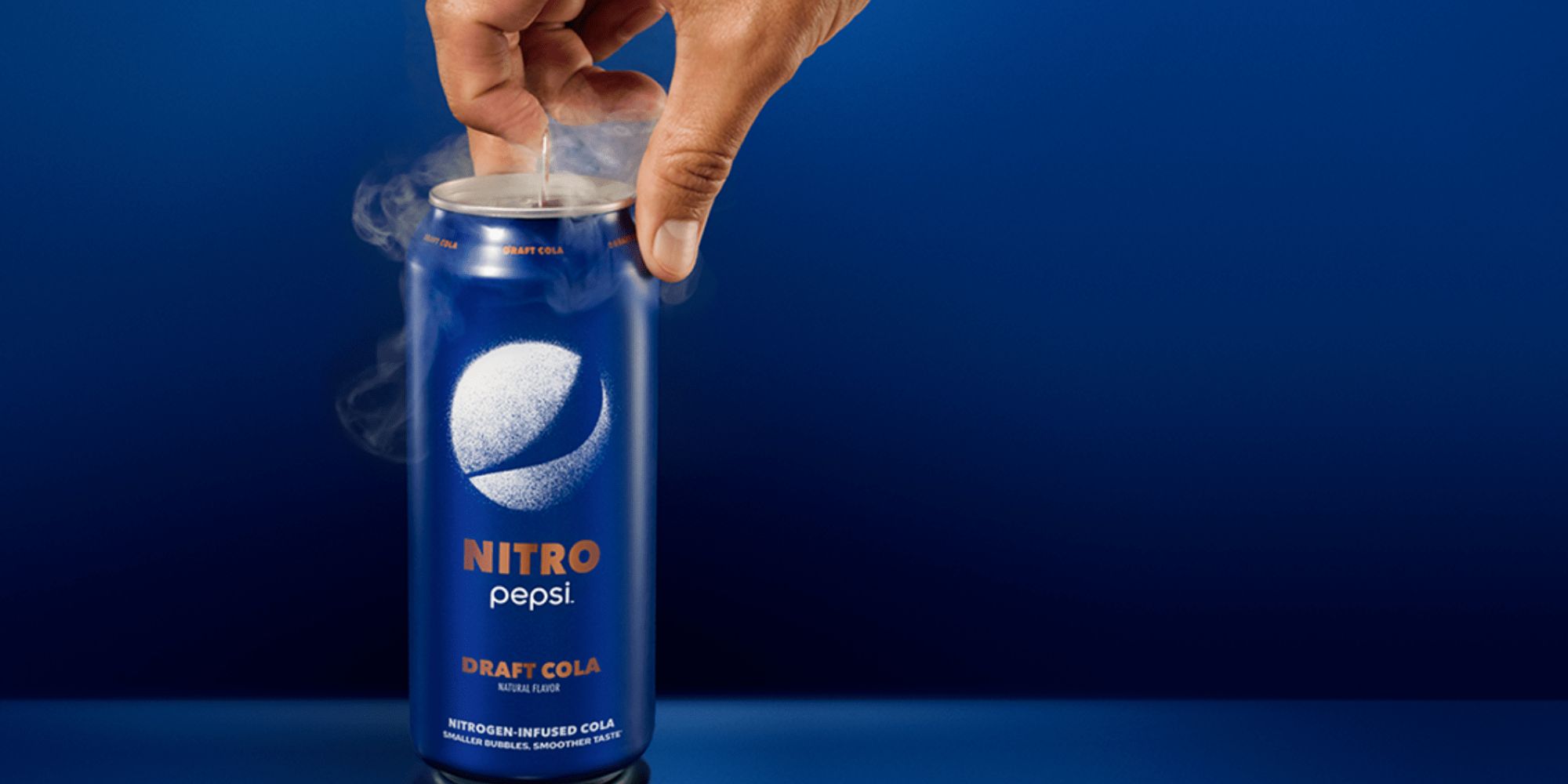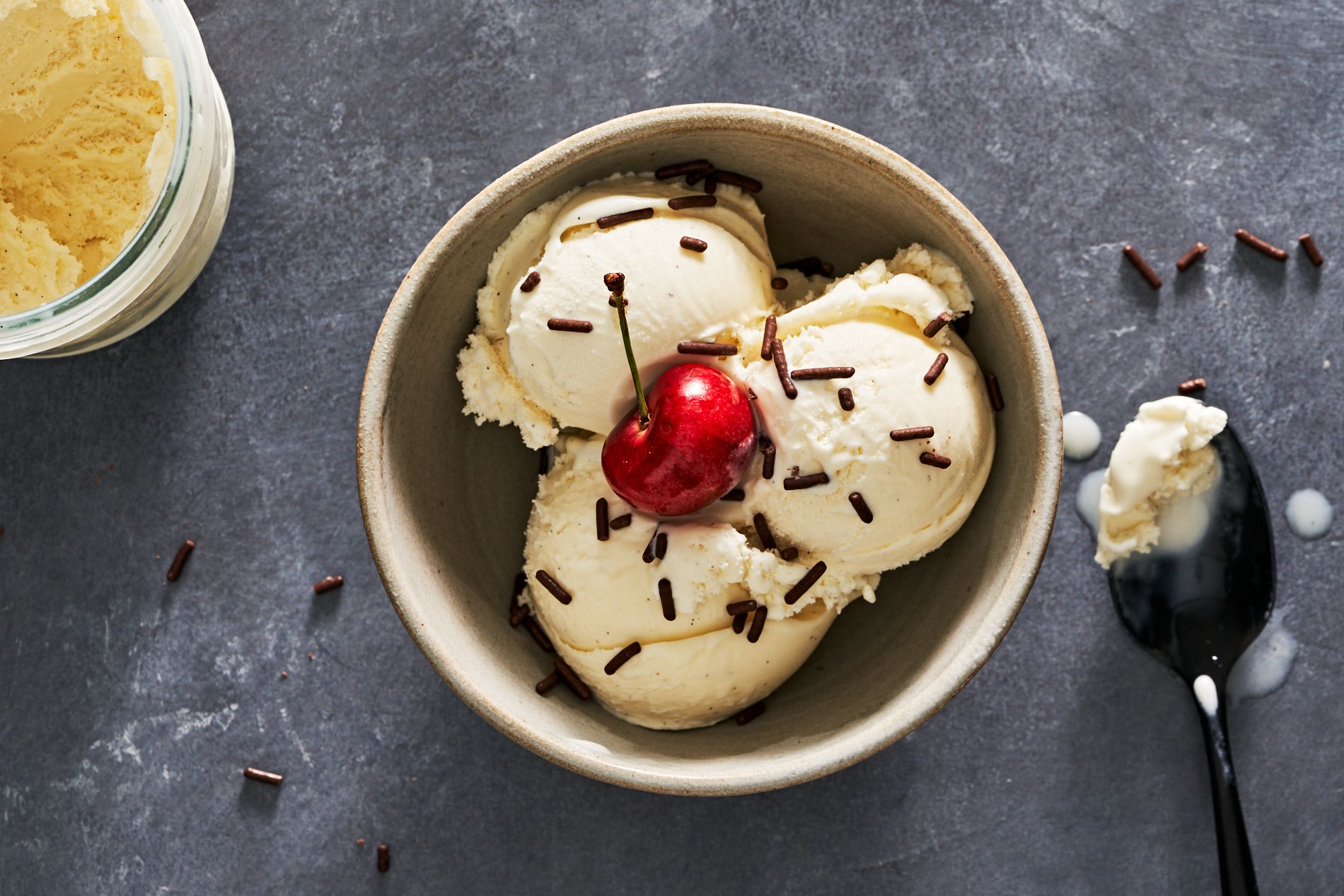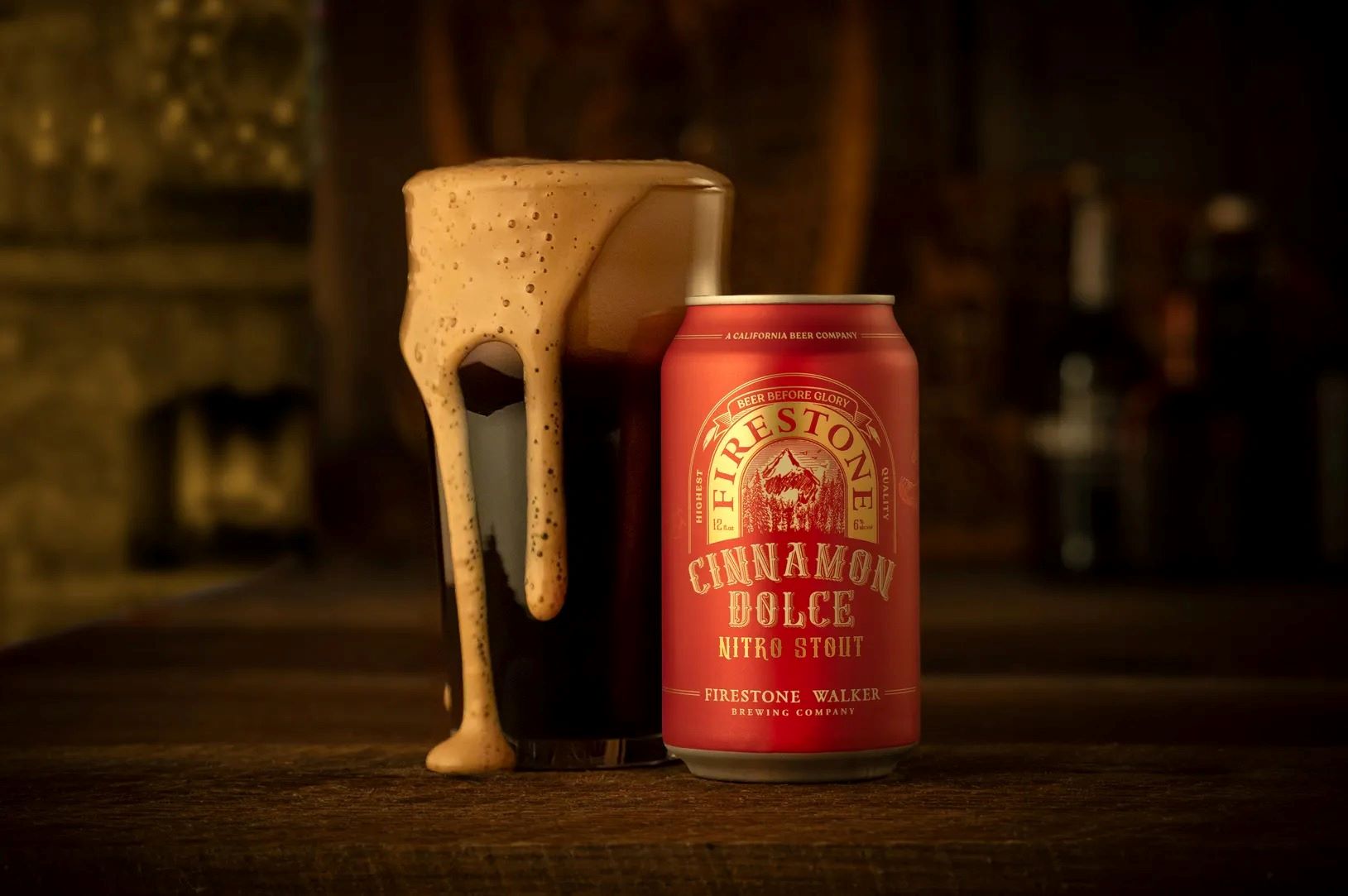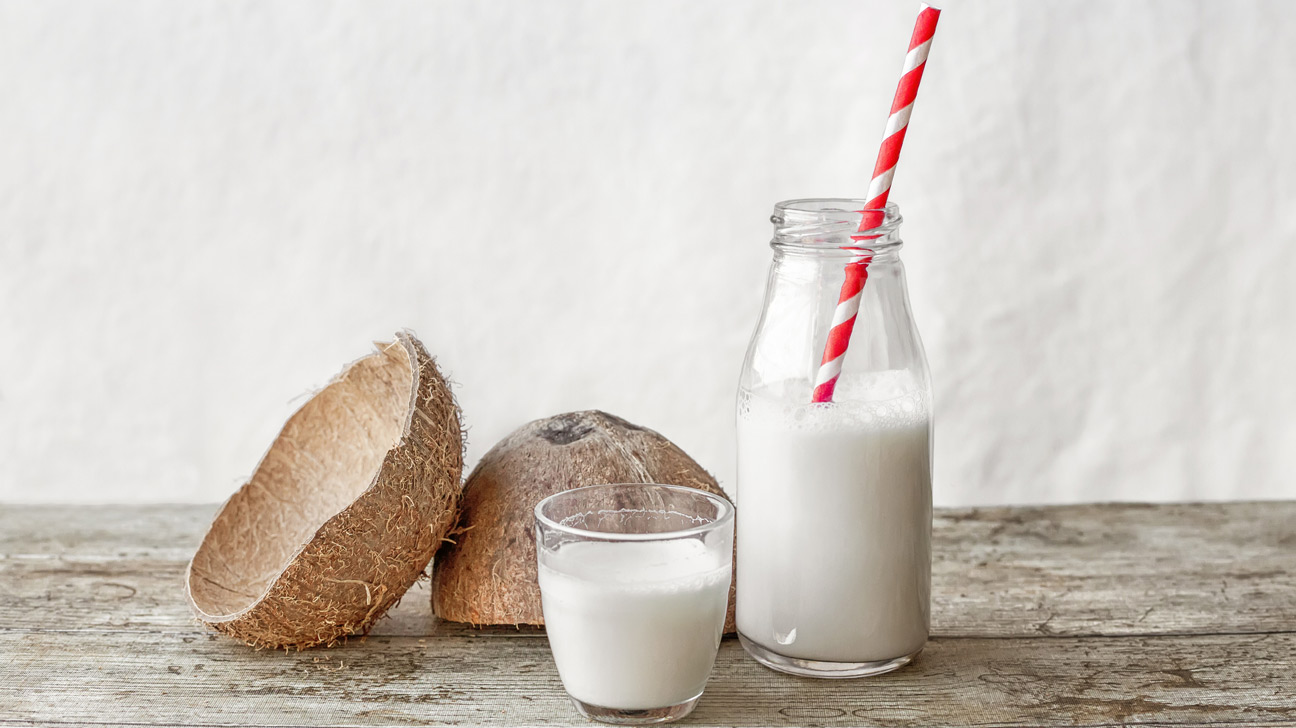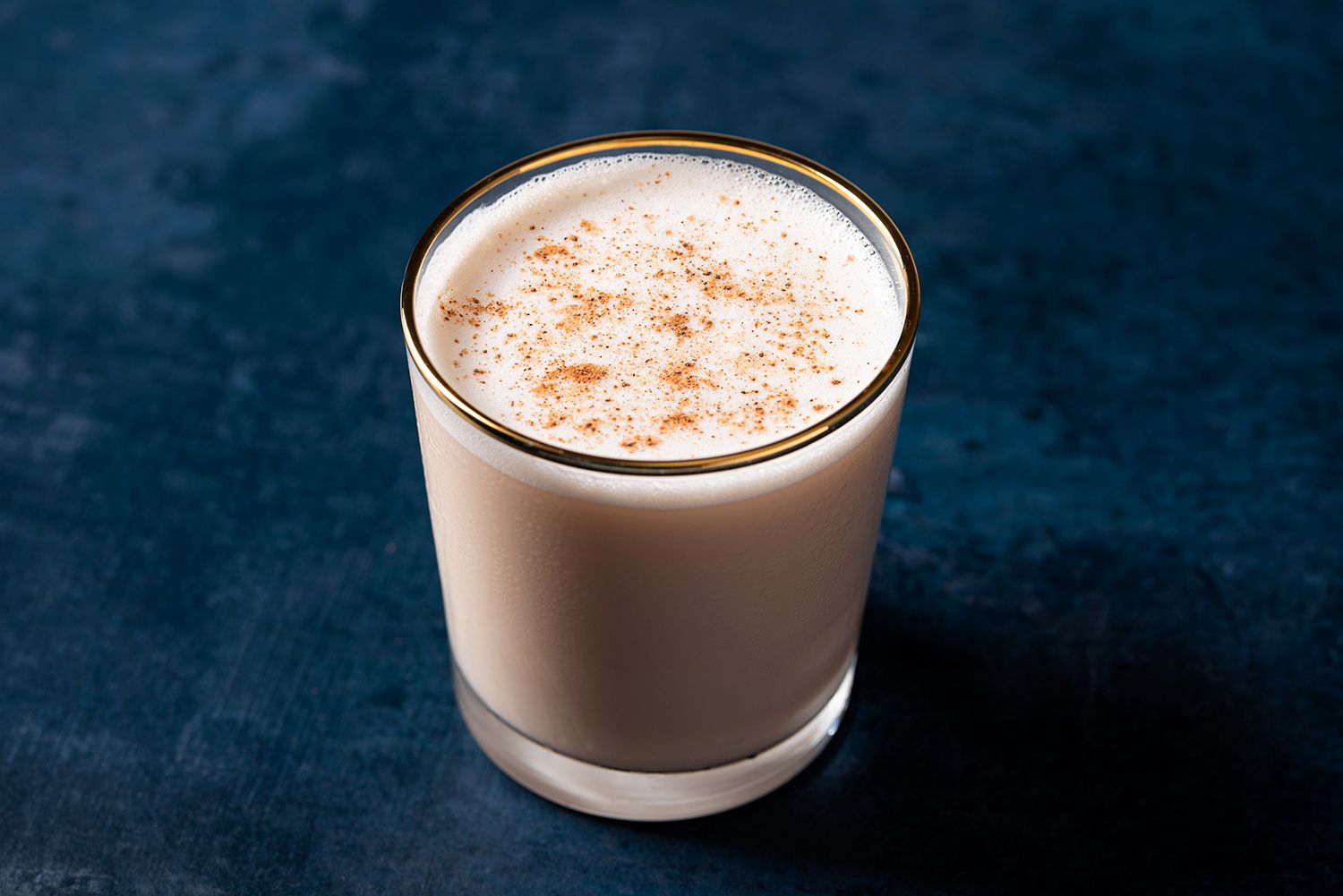Liquid nitrogen brings a touch of magic to the kitchen, transforming ordinary dishes into extraordinary culinary experiences. This super-cold substance freezes ingredients in seconds, creating unique textures and flavors. Imagine making ice cream instantly or creating crispy, crunchy snacks that melt in your mouth. Liquid nitrogen can also add a dramatic flair with its billowing clouds of vapor. While it requires careful handling, the results are worth it. Ready to explore some innovative recipes using liquid nitrogen? Let’s dive into the world of frosty delights and culinary wonders that will impress your friends and family.
Essential Ingredients for a Culinary Adventure
Ingredients
- Liquid Nitrogen: 1 liter
- Heavy Cream: 2 cups
- Whole Milk: 1 cup
- Granulated Sugar: 3/4 cup
- Vanilla Extract: 2 teaspoons
- Egg Yolks: 4 large
- Fresh Strawberries: 1 cup, chopped
- Dark Chocolate Chips: 1/2 cup
- Mint Leaves: For garnish
- Sea Salt: A pinch
- Caramel Sauce: Optional, for drizzling
Must-Have Tools for Crafting with Liquid Nitrogen
Tools Needed for Innovative Recipes Using Liquid Nitrogen
- Liquid Nitrogen Dewar: A specialized container for safely storing and handling liquid nitrogen.
- Protective Gloves: Insulated gloves to protect hands from extreme cold.
- Safety Goggles: Eye protection to prevent injury from splashes or vapors.
- Stainless Steel Bowls: Durable and cold-resistant bowls for mixing ingredients.
- Metal Tongs: For handling items submerged in liquid nitrogen.
- Thermometer: To monitor temperatures accurately.
- Whisk: Useful for mixing ingredients quickly.
- Spoon or Ladle: For scooping and serving.
- Blender or Food Processor: Essential for creating smooth mixtures before freezing.
- Silicone Molds: For shaping and freezing mixtures into specific forms.
- Parchment Paper: To prevent sticking and make cleanup easier.
- Tray or Baking Sheet: For placing molds or items to freeze.
- Insulated Container: To store finished products temporarily.
- Apron: Protects clothing from spills and splashes.
- Ventilated Area: Ensures proper airflow and safety when working with liquid nitrogen.
Liquid nitrogen can flash-freeze ingredients, creating unique textures. Handle with care, using gloves and goggles. Perfect for making ice cream, frozen fruit, or shattering herbs for garnishes.
The Magic Behind Using Liquid Nitrogen in Cooking
Liquid nitrogen brings a wow factor to cooking. It freezes ingredients instantly, creating unique textures. Chefs use it to make ice cream in seconds, freeze-dry herbs, and create smoky presentations. This innovative technique enhances both flavor and visual appeal, making dishes more exciting and memorable for diners.
Your Guide to Mastering Liquid Nitrogen Recipes
Innovative Recipes Using Liquid Nitrogen
1. Gather Ingredients and Equipment
- Liquid Nitrogen (LN2)
- Protective Gear (gloves, goggles, apron)
- Stainless Steel Bowls
- Whisk or Electric Mixer
- Thermometer
- Ingredients for your chosen dish (e.g., cream, sugar, fruits)
2. Safety First
- Wear Protective Gear: Ensure gloves, goggles, and apron are on.
- Ventilated Area: Work in a well-ventilated space.
- Handle with Care: Avoid direct contact with skin.
3. Prepare Ingredients
- Measure Ingredients: Use precise measurements for consistency.
- Mix Ingredients: Combine in a stainless steel bowl.
- Chill Ingredients: Pre-chill in the refrigerator for better results.
4. Pour Liquid Nitrogen
- Slow Pour: Gradually pour LN2 into the bowl.
- Stir Constantly: Use a whisk or electric mixer to blend.
- Monitor Temperature: Use a thermometer to ensure proper freezing.
5. Observe Changes
- Texture Transformation: Notice the mixture thickening.
- Consistency Check: Ensure even freezing by stirring.
- Add More LN2: If needed, add more LN2 in small amounts.
6. Finalize the Dish
- Check Consistency: Ensure the desired texture is achieved.
- Stop Adding LN2: Once the mixture is fully frozen.
- Remove Excess LN2: Let any remaining LN2 evaporate.
7. Serve Immediately
- Portion Out: Use a scoop or spoon to serve.
- Garnish: Add toppings or garnishes as desired.
- Serve Quickly: LN2 creations melt fast.
8. Clean Up
- Dispose of LN2: Allow any leftover LN2 to evaporate safely.
- Wash Equipment: Clean bowls, whisk, and other tools.
- Store Ingredients: Refrigerate or freeze any leftovers.
9. Experiment and Innovate
- Try New Flavors: Experiment with different ingredients.
- Adjust Techniques: Modify stirring speed or LN2 amounts.
- Document Results: Keep notes for future reference.
10. Share and Enjoy
- Invite Friends: Share your creations with others.
- Gather Feedback: Ask for opinions to improve.
- Enjoy the Process: Have fun with the innovative cooking method.
The Magic of Liquid Nitrogen in Your Kitchen
Liquid nitrogen opens up a world of culinary creativity. From flash-freezing fruits to creating smoky cocktails, this versatile tool transforms ordinary dishes into extraordinary experiences. It's not just about the wow factor; liquid nitrogen also enhances textures and flavors in ways traditional methods can't. Remember, safety first. Always handle liquid nitrogen with care, using protective gear and following proper guidelines. Whether you're a professional chef or a home cook looking to impress, incorporating liquid nitrogen into your recipes can elevate your culinary game. So, why not give it a try? Experiment, have fun, and let your imagination run wild. Your kitchen will never be the same.
All Your Questions Answered
What is liquid nitrogen and why use it in cooking?
Liquid nitrogen is a super-cold liquid form of nitrogen gas. It’s used in cooking to quickly freeze ingredients, create unique textures, and make cool effects like fog or smoke.
Is it safe to cook with liquid nitrogen?
Yes, but you need to handle it carefully. Always wear gloves and goggles to protect your skin and eyes. Never touch it directly or ingest it.
What are some popular dishes made with liquid nitrogen?
Some favorites include nitro ice cream, frozen cocktails, and crunchy frozen fruits. Chefs also use it to make molecular gastronomy dishes like nitro popcorn and frozen mousse.
Can I use liquid nitrogen at home?
You can, but it’s best to get some training first. Make sure you have the right safety gear and equipment. Always follow safety guidelines to avoid accidents.
Where can I buy liquid nitrogen?
You can usually find it at specialty gas suppliers or some scientific supply stores. It’s not typically available at regular grocery stores.
How do I store liquid nitrogen?
Keep it in a special container called a Dewar flask. Store it in a well-ventilated area away from kids and pets. Never seal the container tightly, as pressure can build up and cause an explosion.
What are some tips for beginners using liquid nitrogen?
Start with simple recipes like nitro ice cream or frozen fruit. Always follow safety precautions, and don’t rush the process. Practice makes perfect!
